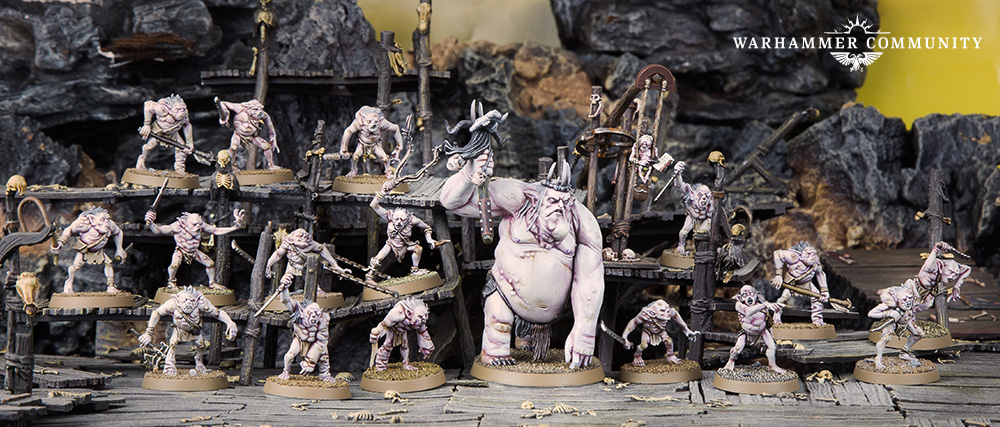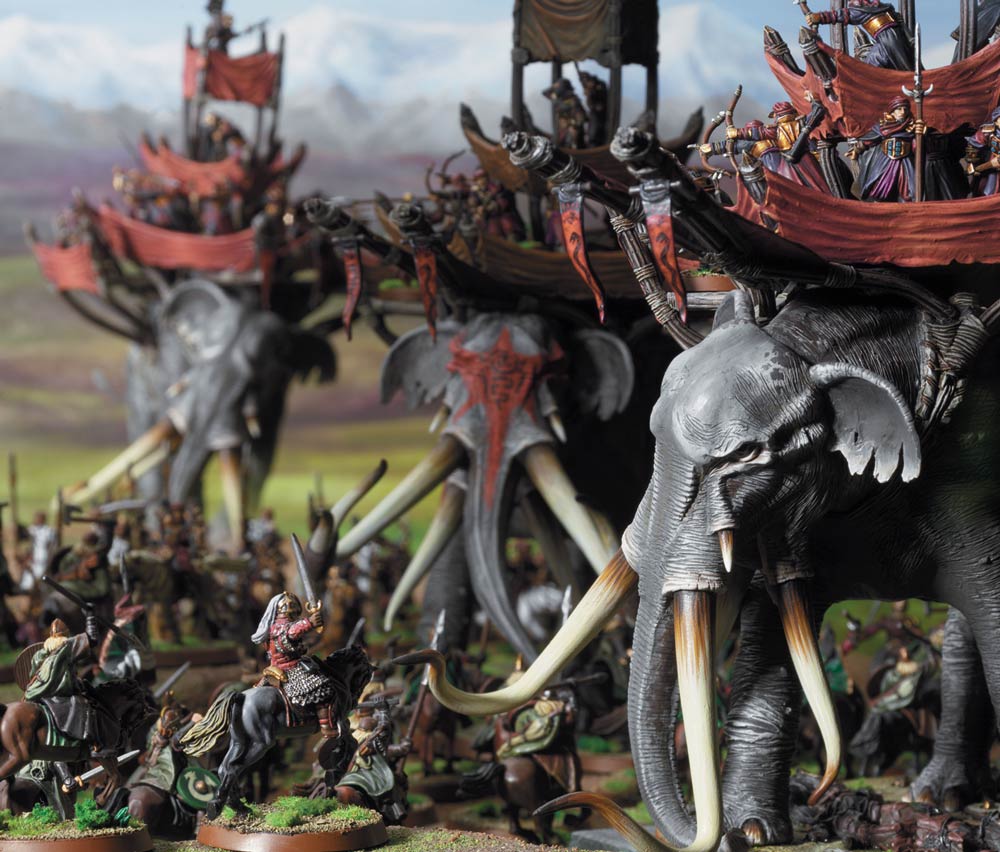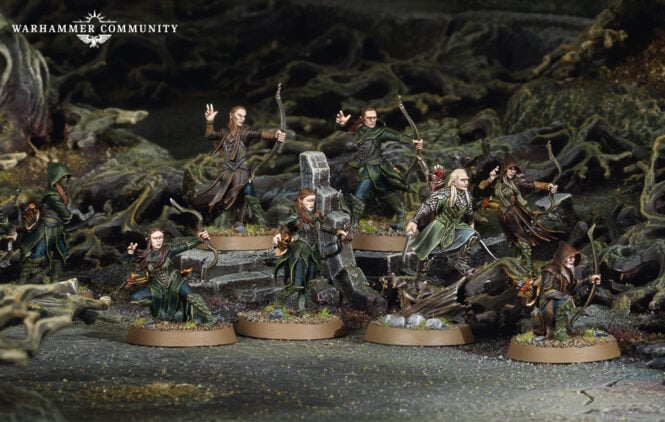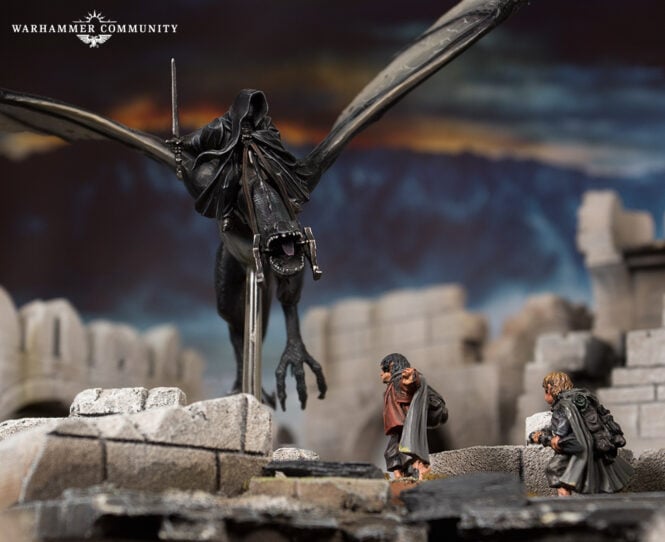Good morning gamers,
Today is our last post (for now) in this series on how-to-fight-against-those-models-that-are-not-fun-to-fight-against. Our contestant today is a model that I have never used, but have had to face many, many1 times: the Goblin King. Yes, it's the dreaded monster from Goblin-town and all his lovely entourage! While this post will be focusing primarily on the Goblin King himself, there will also be thoughts on the other models that are in his list, since their presence make him MUCH more difficult to deal with. Let's get into the discussion of one of the nastiest profiles around!
What Makes the Goblin King So Hated?
There's a lot to unpack with this guy, but it's probably best to start off with his combat profile. The Goblin King has a pretty mediocre stat line compared to most monsters, but it's a lot of the numbers you want - Fight 6 with Strength 5/3 Attacks is incredibly good for most heroes in the game, and with 3-Might-and-Strike, you're at least on-par with other heroes. This is made even better by his two-handed pick and the Burly special rule, which allows him to be S5-6 with +1 To Wound - at effectively S7-8, he's doing as well or better than most monsters in the game!
Many of the monsters who rival him (The Balrog, Smaug, Dragons, the Watcher in the Water, Cave Drakes) have really big bases, but the Goblin King has a 40mm base (on par with Buhrdur, Sauron, and Cave Trolls - the Troll guys are envious of this guy's profile and Sauron is . . . really expensive in comparison). This gives him incredible mobility, especially since he's got the Relentless Advance rule, that allows him to move through his own models and squish/potentially squish them to get where he wants.
The greatest critique of the Goblin King can be based on his defensive stats, but even here, he cheats: he's "only D5" with 3 Wounds/1 Fate, but thanks to his Blubbery Mass rule, any wound he takes that isn't caused by a magical power or an Elven-made weapon can be saved on a 3+ BEFORE he has to spend his Fate point. While there are models out there with 6+ saves (the Bears in their Legion, Durin, Fury/Oblivious to Pain) and even one model who can give out a 5+ save (Malbeth the Seer), getting a 3+ save is not only BETTER than having infinite Fate points, but is only comparable to Thror with the Arkenstone (which will save once on a 3+ and can save multiple times on a 4+) and Goroth's "Look Out, Sir!" rule that allows him to bounce a wound onto a friendly model nearby . . . which is good for Goroth, but not great from his friends. Yep, when it comes to shrugging off punishment, there's no one who does it better than the Goblin King.








